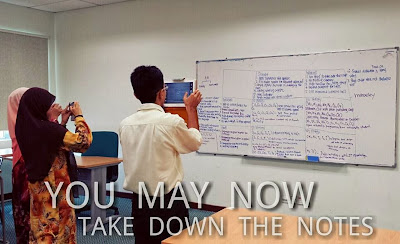Assalamualaikum to all readers...
Today I want share with you what I learn in the lecture. In this week we learn about "Corporate Strategy: Diversification And The Multibusiness Company". Firstly in this chapter, I learn about diversification; which is to builds shareholders value when a diversified group of businesses can perform better under the auspices of a single corporate parent than they would as independent. Then, the task of crafting a diversified company's overall corporate strategy falls squarely in the lap of top-level executives and involves four distinct facet, there are :
- picking new industries to enter and deciding on the means of entry,
- pursuing opportunities to leverage cross-business value chain relationship and strategy fit into competitive advantage,
- establishing investment priorities and steering corporate resources into the most attractive business units,
- initiating actions to boost the combined performance of the corporations' collection of business.
Furthermore, entry into new business ca take any three forms: acquisition, internal start up , or joint venture. The choice of which is the best depends on the firm's resources and capabilities, the industry's entry barriers, the importance of speed, and the relative costs.
Then, the diversification by acquisition of an existing business have advantages and disadvantage :
Next, the strategy options for a firm that is already diversified are :
- stick with the existing business lineup
- broaden the diversification base with new acquisitions
- divest and retrench to a narrower diversification base
- restructure through divestitures and acquisitions
That's all from me, and see in other post...






